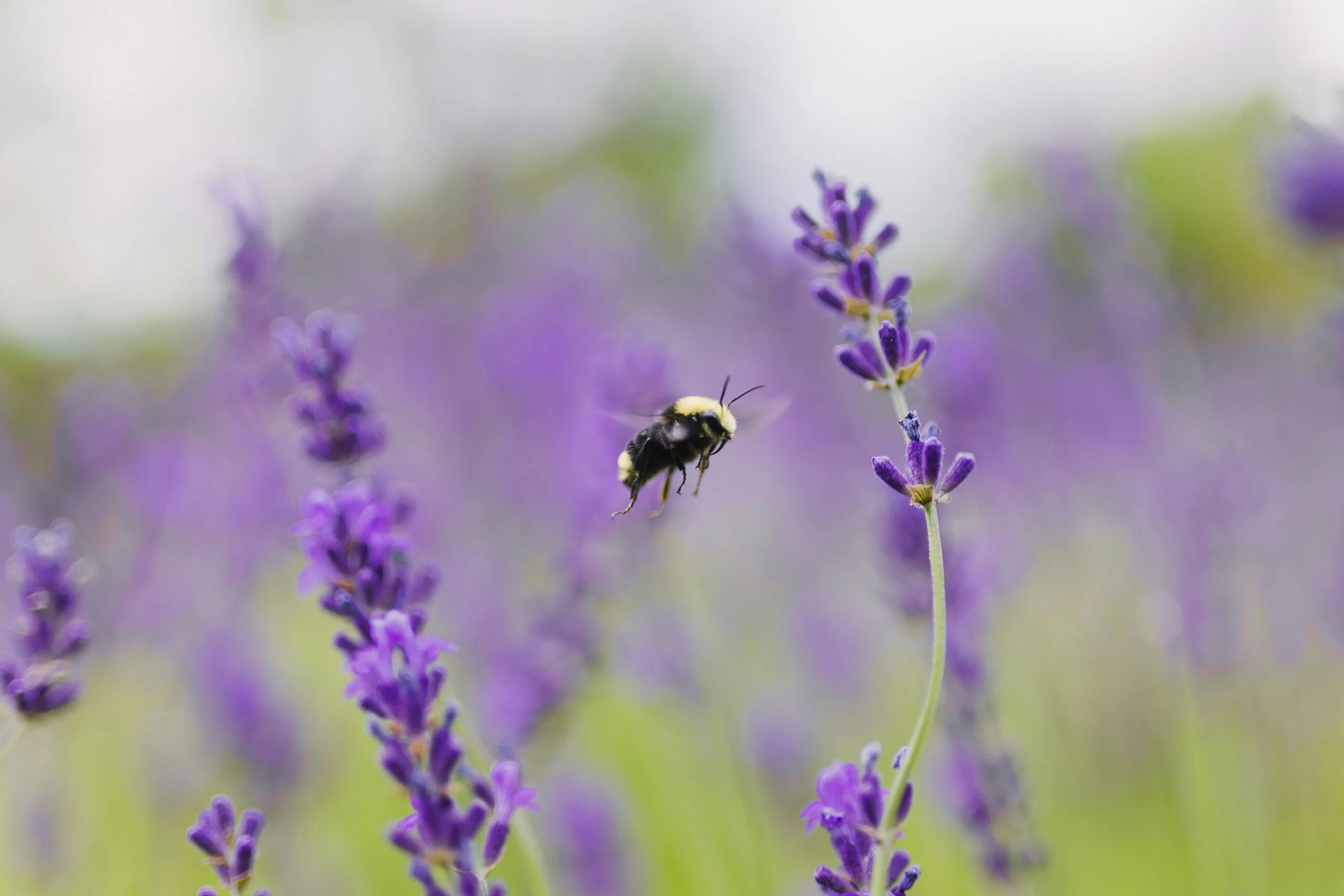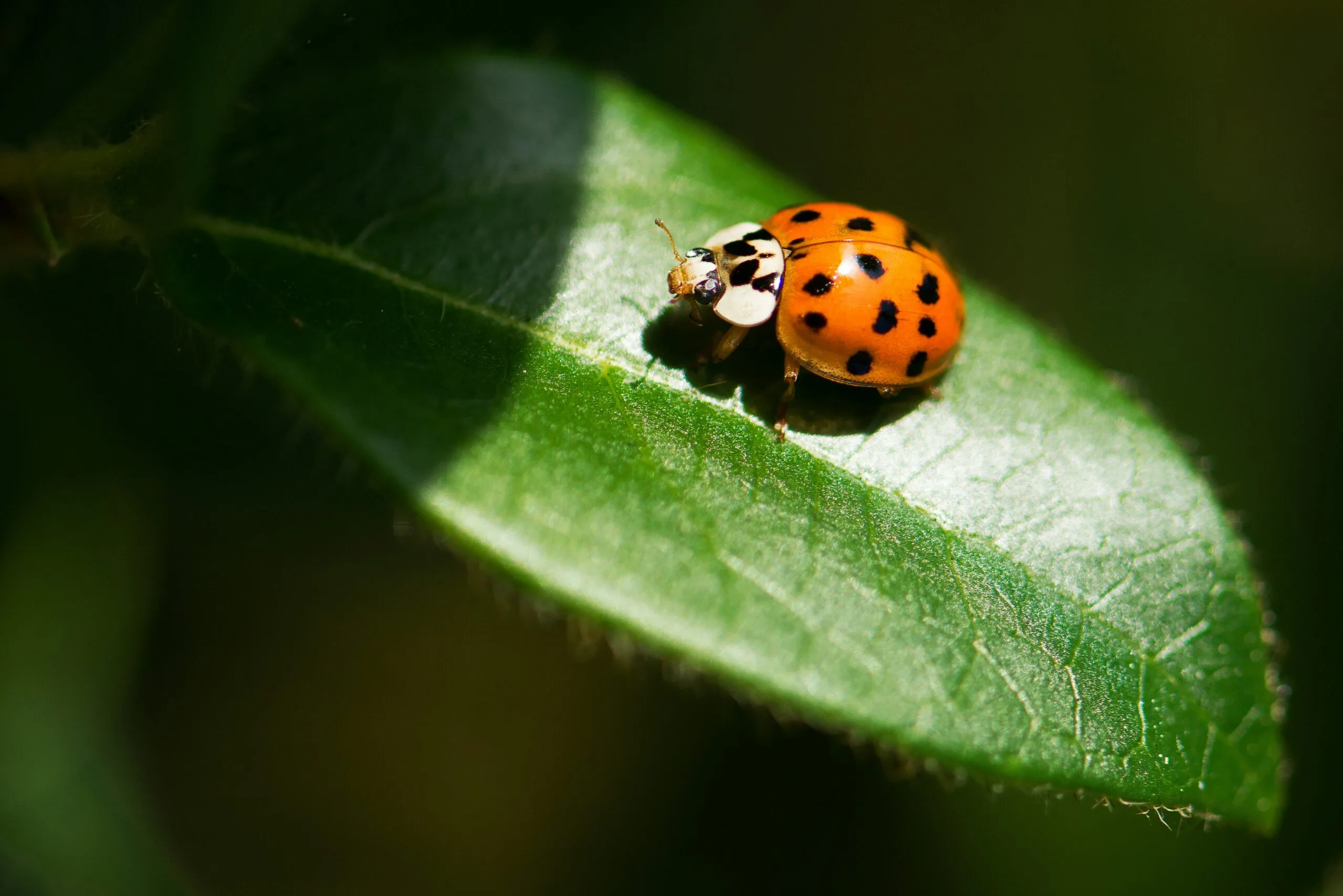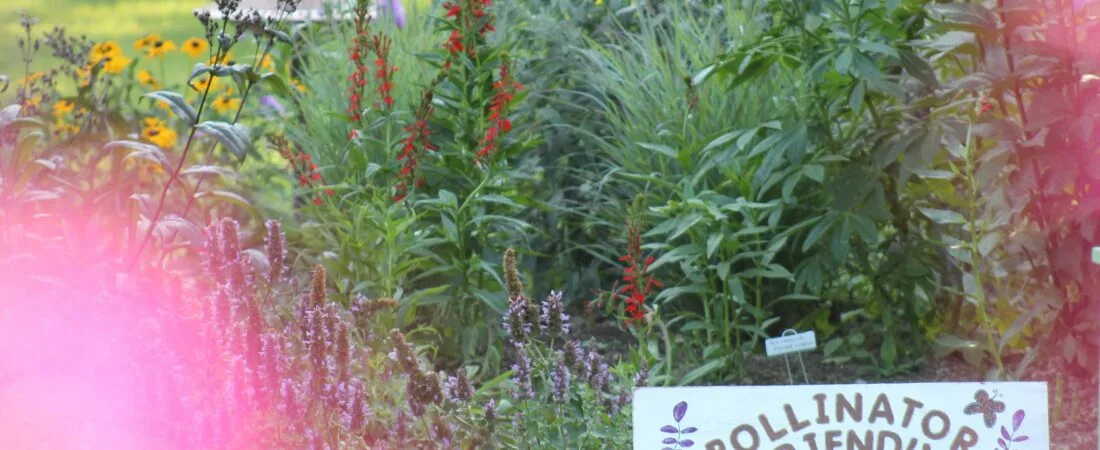Want a garden that buzzes with life and supports the planet? You’re in the right place. Creating a pollinator-friendly garden is one of the most meaningful (and surprisingly simple) ways to help local ecosystems while enjoying a colorful, thriving outdoor space. Whether you’re tending to a backyard in Zone 3 (northern Minnesota, North Dakota, and Montana, or southern Alaska) or container gardening on a city balcony in Zone 10 (Southern Florida), it is possible to create a haven for bees, butterflies, hummingbirds, and other essential pollinators.
Let’s dig in, because the buzz is real, and your garden could be part of the solution.
Why Pollinators Matter
Bees aren’t just buzzing around for fun; they’re essential to life on Earth. Pollinators like bees, butterflies, beetles, hummingbirds, and even some bats are vital to our food supply and to natural ecosystems. By moving pollen from one flower to another, they enable plants to produce fruits, seeds, and vegetables. In fact, over 75% of flowering plants and around 35% of global food crops depend on animal pollinators.
That juicy tomato in your salad? The apple in your lunchbox? The sunflower oil in your pantry? All thanks to pollinators.
But here’s the hard truth: their populations are in trouble. Habitat loss, pesticides, climate change, and disease are pushing many species into decline. The good news? Gardeners, homeowners, and even apartment dwellers have a powerful role to play. Every flowerbed, container pot, and green strip has the potential to be a pollinator pit stop.

How to Design a Pollinator Garden for Any U.S. Zone
Whether you live in a cozy cottage in the Midwest or a sun-drenched apartment in Southern California, you can build a garden that works in harmony with nature. Here’s how to get started with plants and practices that make pollinators feel right at home that work for a wide range of growing zones.
1. Choose a Variety of Native, Pollinator-Loving Plants
Pollinators are most drawn to native plants—the ones that evolved right alongside them. These species tend to be more resilient, better adapted to your local climate, and rich in nectar and pollen. When choosing what to plant, diversity is key. Aim for a variety of colors, shapes, and bloom times so pollinators have food from early spring to late fall.
Great Pollinator Plants by Type:
| Plant Name | Zones | Why It’s Pollinator-Friendly |
|---|---|---|
| Purple Coneflower (Echinacea) | 4–9 | Attracts bees and butterflies; rich in nectar. |
| Bee Balm (Monarda) | 4–9 | Loved by hummingbirds, butterflies, and bees; vibrant and aromatic. |
| Milkweed (Asclepias spp.) | 3–9 | Essential food source for Monarch caterpillars and nectar for many species. |
| Black-eyed Susan (Rudbeckia) | 3–8 | Offers abundant nectar and seeds for birds later in the season. |
| Goldenrod (Solidago) | 3–8 | Late-season nectar source that supports migrating pollinators. |
| Liatris (Blazing Star) | 3–9 | A butterfly magnet; great in prairie-style gardens. |
| Lavender | 5–9 | Fragrant and rich in nectar; bees especially love it. |
| Zinnias | Annual, all zones | Easy to grow and attracts butterflies and hoverflies. |
| California Poppy (Eschscholzia californica) | 8–10 | A favorite among native bees; drought-tolerant and cheerful. |
Pro tip: Plant in clusters of three or more of the same flower. This makes it easier for pollinators to spot their favorites and reduces energy spent searching.
2. Avoid Pesticides and Herbicides
Even organic sprays can harm pollinators—especially bees and butterflies. The best approach? Go natural. Here are some simple alternatives:
Handpick pests like aphids or caterpillars instead of spraying.
Introduce beneficial insects like ladybugs or lacewings.
Use companion planting (like marigolds near tomatoes) to deter pests naturally.
If you must spray, do so at dawn or dusk when pollinators are less active.
Remember: a few bug nibbles are worth the tradeoff if it means protecting your garden’s most important workers.

3. Provide Water and Shelter
Just like us, pollinators need a drink and a safe space to rest or nest. You don’t need a fancy bee hotel—though those are fun, too! Simple, natural additions go a long way.
Set out a shallow dish of water with pebbles so bees and butterflies can safely land while they drink.
Leave bare soil for ground-nesting bees (about 70% of native bees nest underground).
Keep a few logs or stones in sunny spots. These provide warmth and shelter for beetles and butterflies.
Avoid over-mulching! Some pollinators need exposed ground for nesting.
If you’re up for it, consider installing a small brush pile in a quiet corner or building a DIY bee house with hollow stems and wood blocks.
4. Embrace a Little Wildness
Pollinators thrive in slightly messy, natural-looking environments. So go ahead and skip mowing that back patch, let the clover bloom in your lawn, and let that corner of wildflowers run free. These small acts can turn into a pollinator paradise!
Allow dandelions and native wildflowers to bloom in spring—some of the earliest nectar sources for bees.
Let seed heads dry out in fall; birds love them, and so do overwintering insects.
Avoid deadheading all your flowers. Many pollinators depend on those seeds or stems for nesting.
A more natural garden both reduces your workload and actively supports biodiversity.
Bonus: Attract Specific Pollinators
Different pollinators are drawn to different features:
Bees love blue, white, and yellow flowers with open or tubular shapes.
Butterflies need landing pads. Opt for flat, wide flowers like zinnias and echinacea.
Hummingbirds are drawn to bright reds and tubular blooms like salvia and trumpet vine.
Moths and bats prefer pale, night-blooming flowers like evening primrose or moonflower.
Want to attract them all? Plant a little bit of everything!
Final Thoughts
Creating a pollinator-friendly garden isn’t just about pretty flowers, it’s also about rethinking what it means to share space with the natural world. By choosing native plants, avoiding chemicals, and embracing a more balanced and intentional style of gardening, you’re helping protect some of the smallest, most vital creatures on the planet.
And as they return the favor by pollinating your vegetables, beautifying your blooms, and keeping ecosystems running, you’ll find yourself more connected to the rhythms of the Earth.
So this season, plant with purpose! Encouraging pollinators to thrive will also help our entire ecosystem thrive.
Disclaimer: Gardening advice on this site is shared for educational and recreational purposes only. Local climate, soil, and environmental factors can affect outcomes. Please research region-specific practices and consult gardening experts for personalized advice.

